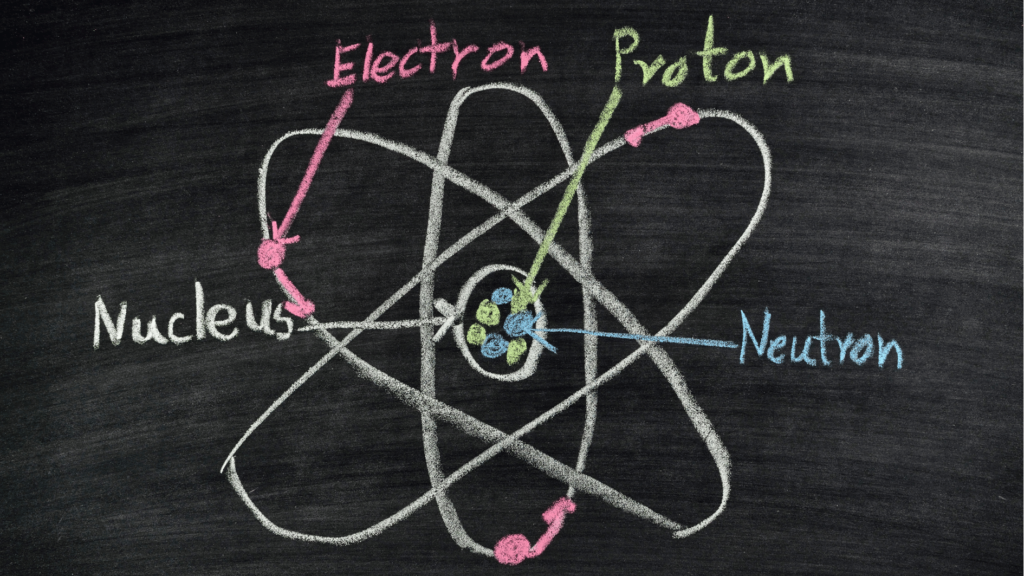Image source: Canva.com
Few innovations have impacted human civilization as profoundly as electricity. Nearly every aspect of modern life relies on a steady and reliable supply of electrical power. But what exactly is electricity, and how is it generated and utilized in our daily lives?
Electricity: An Overview
Electricity is a complex phenomenon that encompasses everything from the large-scale power plants that power our cities to the tiny synapses in our brains that enable us to think and move. At its core, electricity is the movement of charged particles at the atomic level.
In high-school chemistry, we learn that atoms are made up of three main components: electrons, protons, and neutrons. Electrons carry a negative charge and can be freed from an atom to move to a neighboring atom. This movement of electrons from one atom to another is essentially what electricity is. While charged particles can be either positive or negative, in our electrical grid, we focus on the movement of negatively charged electrons.

How Is Electricity Generated?
Generating electricity involves inducing a current to flow through a wire, which can be done using an alternator. An alternator consists of a magnet placed inside a coil of wire; rotating the magnet induces an electrical current in the wire. This basic principle is scaled up in power plants, which spin turbines to generate electricity. Traditionally, this involves burning fossil fuels to heat water, producing steam that spins a turbine, much like a large alternator.
Types of Electricity
Electricity can be classified into two primary categories: static electricity and current electricity.

Static Electricity
This naturally occurring electricity causes phenomena like lightning during storms or the small shocks you feel when touching metal objects in winter.

Current Electricity
This is the form of electrical energy we generate and use to power society.
There are two types of current electricity: alternating current (AC) and direct current (DC).

Alternating Current (AC)
In AC, electrons can reverse direction, and the voltage alternates. This type of electricity is commonly used in homes and businesses.

Direct Current (DC)
In DC, electrons flow in one direction, and the voltage remains constant. Batteries in devices like cell phones and laptops use DC electricity.

AC vs. DC: The Current War
The dominance of AC over DC electricity is rooted in the late 19th-century “Current War” between Thomas Edison, the proponent of DC electricity, and Nikola Tesla, the innovator of AC electricity. The victory of AC electricity is attributed to its ability to be easily transformed to different voltages, making it suitable for both long-distance transmission and everyday use. DC electricity, in contrast, faced high transmission losses and required generators to be located close to the end users, which was impractical for widespread use.
Today, AC electricity is the primary form used worldwide, while DC electricity is still essential for certain applications, especially in portable electronic devices.
Understanding these basics helps us appreciate the vital role electricity plays in our lives and the intricate systems that deliver this indispensable resource to our homes and businesses.
How to Calculate Your Dryer’s Electricity Usage





